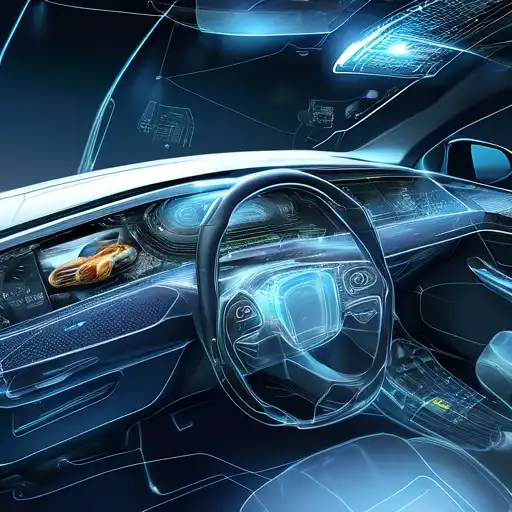Introduction to Embedded Systems in Automotive
Embedded systems have become the backbone of modern automotive engineering, driving innovations that enhance safety, efficiency, and user experience. These specialized computing systems are designed to perform dedicated functions within larger mechanical or electrical systems, making them indispensable in today's vehicles.
The Role of Embedded Systems in Automotive Safety
Safety is paramount in the automotive industry, and embedded systems play a critical role in ensuring it. From advanced driver-assistance systems (ADAS) to anti-lock braking systems (ABS), embedded systems provide the intelligence and responsiveness needed to prevent accidents and protect passengers.
Advanced Driver-Assistance Systems (ADAS)
ADAS technologies, such as adaptive cruise control and lane-keeping assist, rely heavily on embedded systems to process real-time data from sensors and cameras, making split-second decisions that can save lives.
Anti-lock Braking Systems (ABS)
ABS uses embedded systems to monitor wheel speed and prevent skidding during emergency stops, showcasing how these systems contribute to safer driving conditions.
Innovations Driven by Embedded Systems
Beyond safety, embedded systems are at the heart of automotive innovation, enabling features like electric vehicle (EV) management systems and autonomous driving technologies.
Electric Vehicle Management Systems
Embedded systems manage battery life, power distribution, and energy efficiency in EVs, highlighting their role in the shift towards sustainable transportation.
Autonomous Driving Technologies
The dream of self-driving cars is becoming a reality thanks to embedded systems, which process vast amounts of data to navigate roads safely without human intervention.
Challenges and Future Directions
Despite their benefits, the integration of embedded systems in automotive applications faces challenges, including cybersecurity risks and the need for continuous innovation to meet evolving safety standards.
Cybersecurity Risks
As vehicles become more connected, the risk of cyberattacks increases, necessitating advanced security measures to protect embedded systems from unauthorized access.
Continuous Innovation
The automotive industry must continue to innovate, developing more sophisticated embedded systems to meet the demands of future mobility solutions.
Conclusion
Embedded systems are revolutionizing the automotive industry, enhancing safety, and driving innovation. As technology advances, these systems will play an even greater role in shaping the future of transportation.
For more insights into automotive technologies, explore our technology section.
